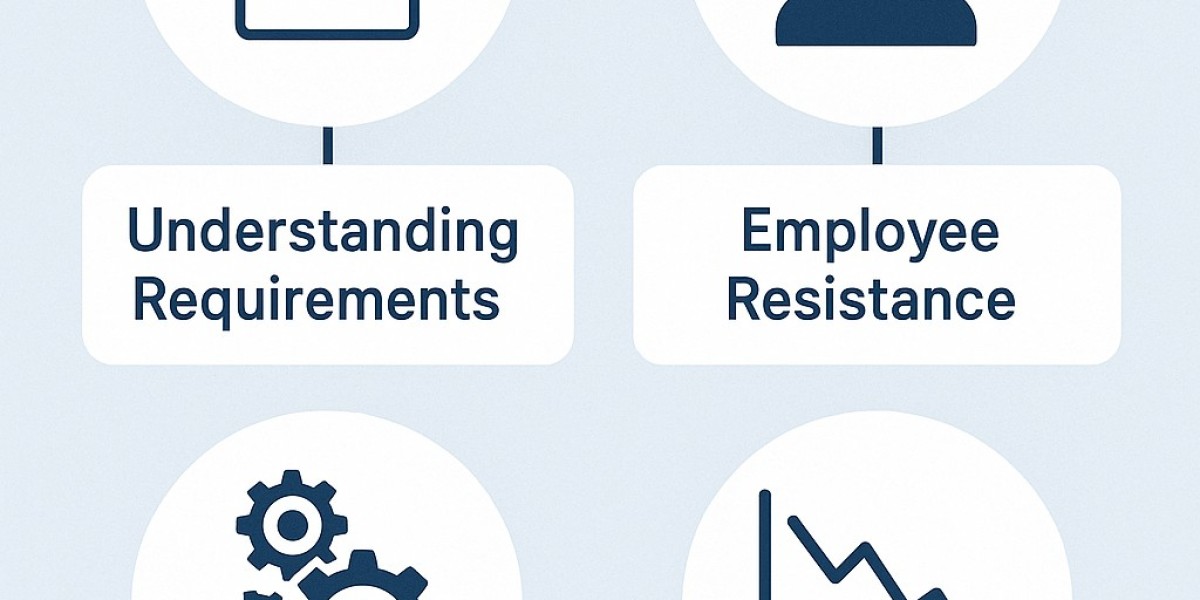A chipped, cracked, or slightly gapped tooth can be frustrating, and you may find yourself wondering, can I bond a tooth at home? While it may be tempting to try DIY Dental Bonding Cementing using over-the-counter products or household glues, it's essential to understand the limitations and risks involved. Dental bonding is a delicate procedure that involves chemically bonding resin material to the tooth surface—something that should ideally be done under professional care. However, some temporary solutions are available for emergency use until you can see a dentist.
What Does Tooth Bonding Involve?
To better understand why home bonding is not generally recommended, it helps to know how tooth bonding works. Dental bonding is a cosmetic and restorative procedure typically performed by a licensed dentist using specialized materials and tools.
The professional bonding process includes:
Tooth preparation through cleaning and slight surface roughening
Application of conditioning liquid for better adhesion
Placement of composite resin sculpted to match your tooth’s shape
Curing with ultraviolet light to harden the material
Final trimming and polishing to ensure a smooth, natural finish
This level of precision and sterilization is difficult to replicate at home, making DIY bonding less effective and more prone to complications.
Temporary Home Solutions for Dental Emergencies:
Although full bonding procedures aren’t safe or feasible to perform at home, there are temporary options for those facing minor dental emergencies. These solutions are not permanent but can help protect the tooth and restore appearance until you can reach a dental office.
Safe temporary alternatives include:
Temporary dental bonding kits available at pharmacies
Dental wax or orthodontic wax to cover sharp edges
Temporary filling material like Temparin Max or Dentemp
Dental cement for loose crowns or broken pieces
These products are formulated for short-term use and are safer than household adhesives, which can be toxic or damage the tooth surface.
Risks of Attempting Tooth Bonding at Home:
If you’re seriously considering whether you can bond a tooth at home, you need to be aware of the potential risks. Home bonding is not regulated, and improper techniques or materials can lead to harmful consequences for your oral health.
Common risks include:
Infection or irritation due to non-sterile materials
Allergic reactions to chemical compounds in adhesives
Misalignment of the bite causing jaw discomfort
Improper bonding strength, leading to detachment
Staining or discoloration due to poor quality resin
Moreover, using super glue or similar substances can damage enamel and gums, making future professional treatment more complicated.
Why Professional Bonding Is the Safer Option?
While home kits may offer short-term relief, only a dentist can provide permanent, natural-looking, and durable tooth bonding. Professional Dental Bonding Cementing Treatment materials are high-grade, designed to match your enamel, and cured with specialized lights for long-term strength.
Benefits of professional bonding include:
Customized color-matching for seamless appearance
Durable application that can last 5–10 years
Minimal tooth alteration for a conservative solution
Proper fit and alignment for improved oral function
Safe and sterile environment that reduces infection risk
Additionally, dentists can evaluate the underlying cause of the damage and ensure that there are no deeper issues such as tooth decay or nerve involvement.
When to Use Temporary Solutions and Call Your Dentist?
Understanding when to use a temporary fix and when to call your dentist can make a significant difference in your oral health outcome. DIY bonding or patching should always be viewed as an emergency stopgap—not a cure.
Use temporary measures if:
You’ve chipped a small part of your tooth and need to prevent further injury
A crown or filling has fallen out, and you need protection until your appointment
You’re traveling or unable to see a dentist immediately
Call your dentist immediately if:
There is bleeding, severe pain, or swelling
A large portion of the tooth is missing
There’s a sharp edge causing discomfort
You suspect an infection or abscess
While you may be able to apply a quick fix, nothing replaces the safety and precision of a professional dental bonding procedure.








